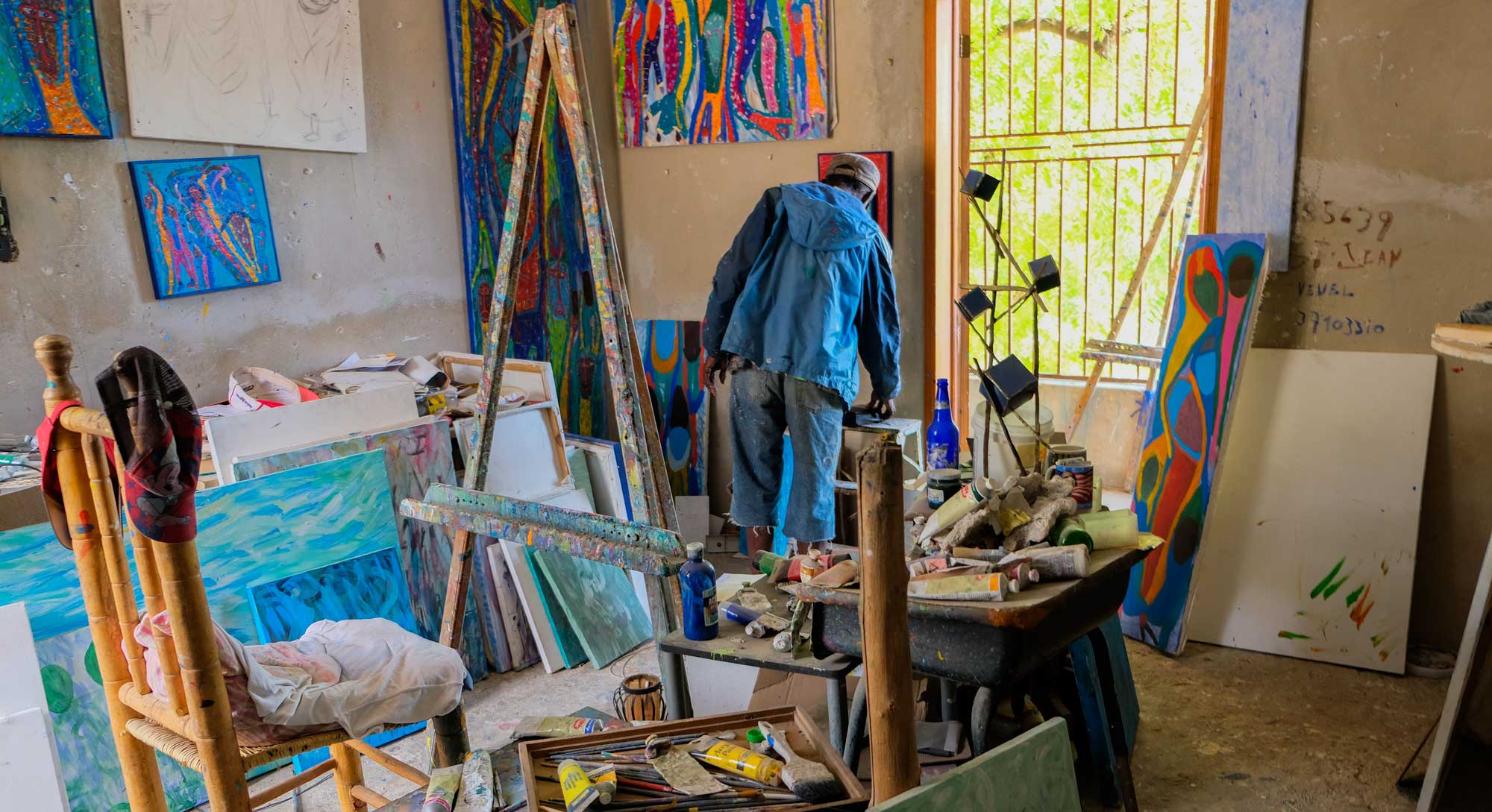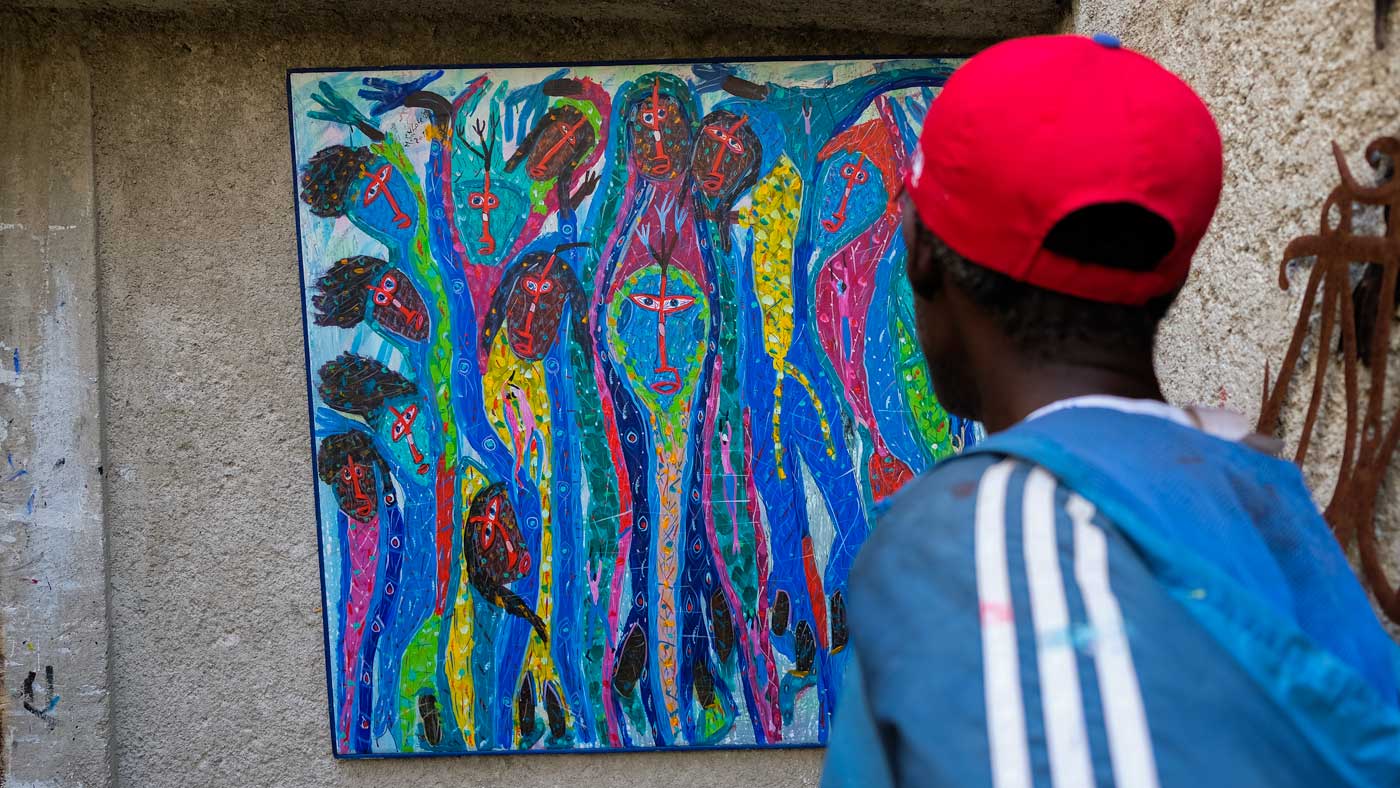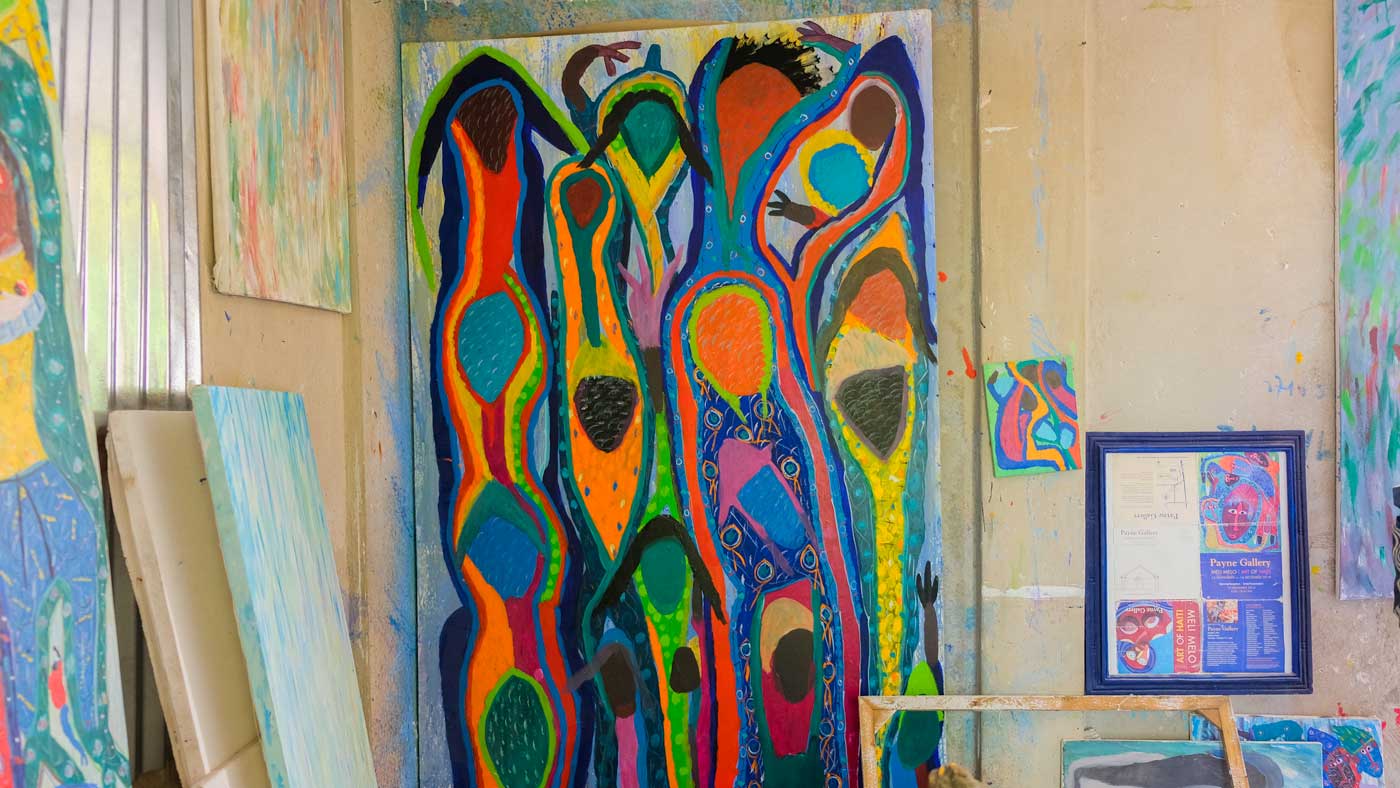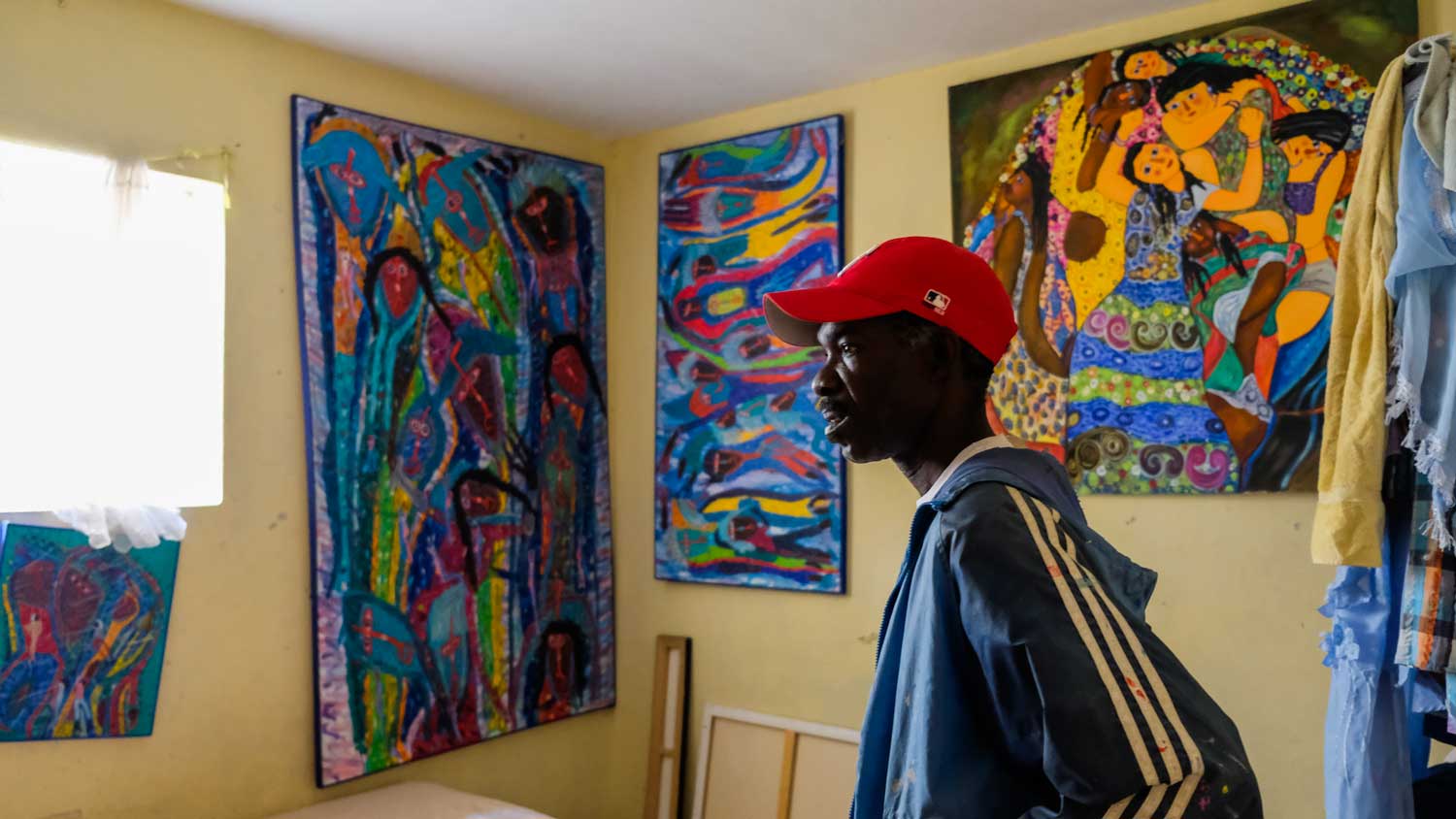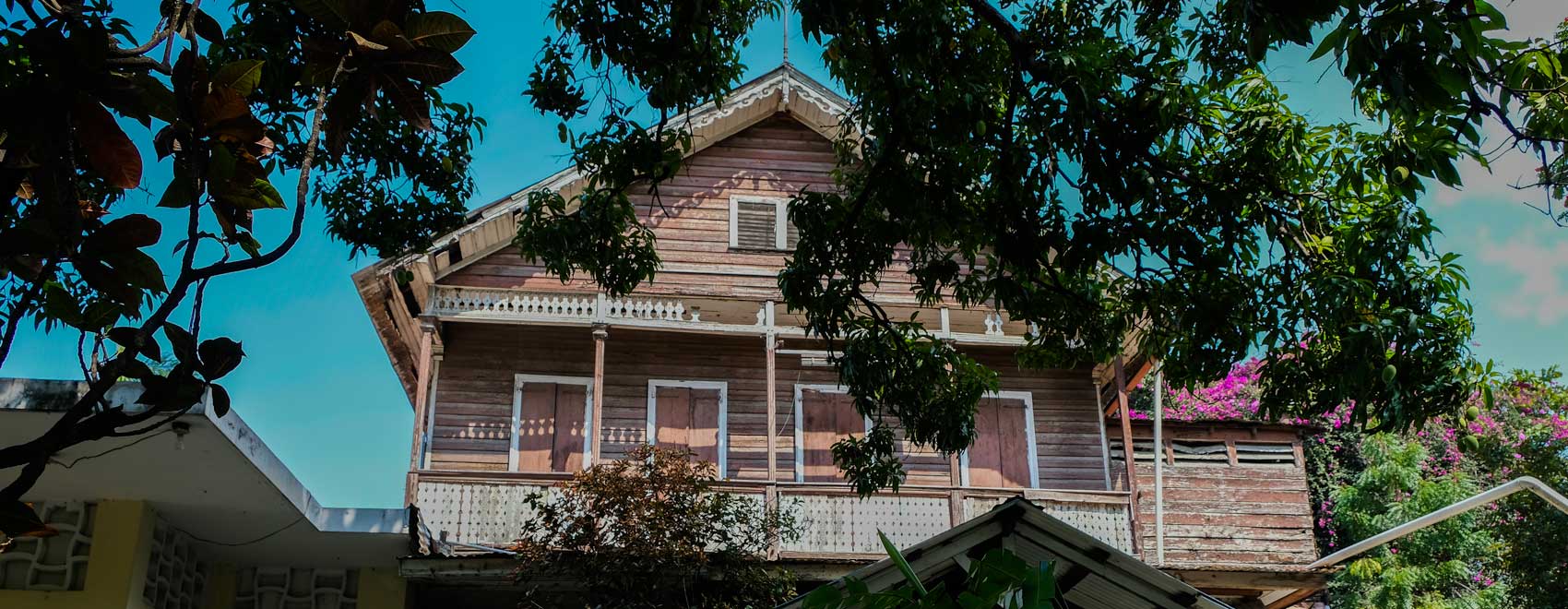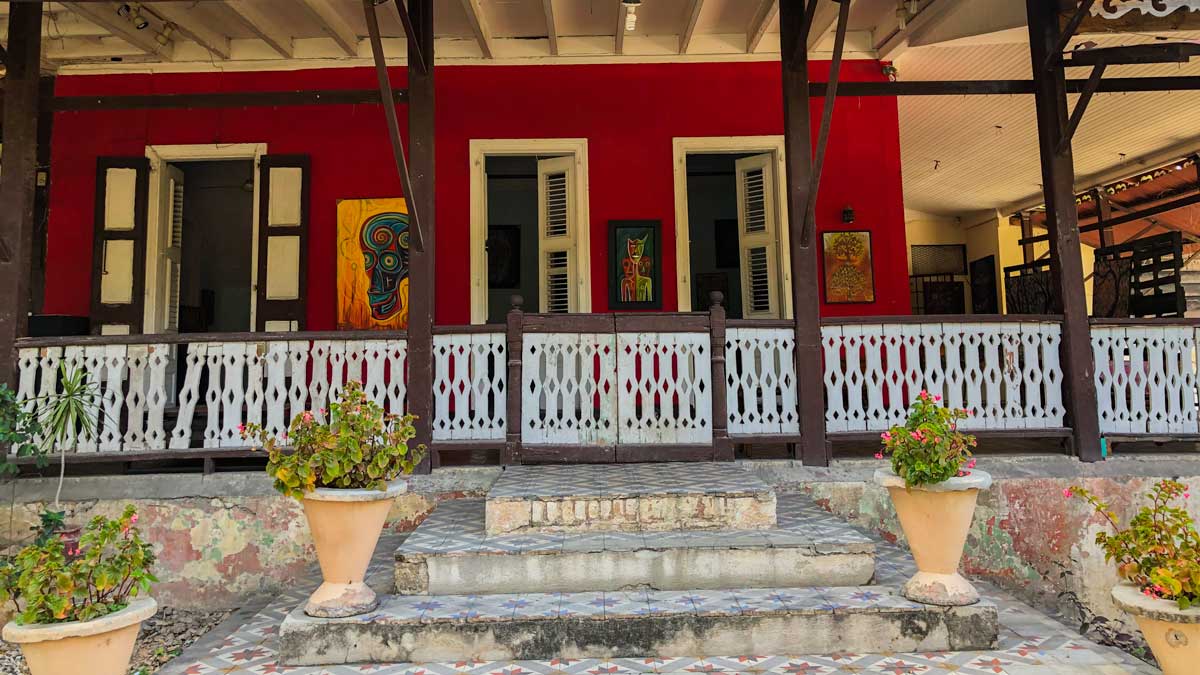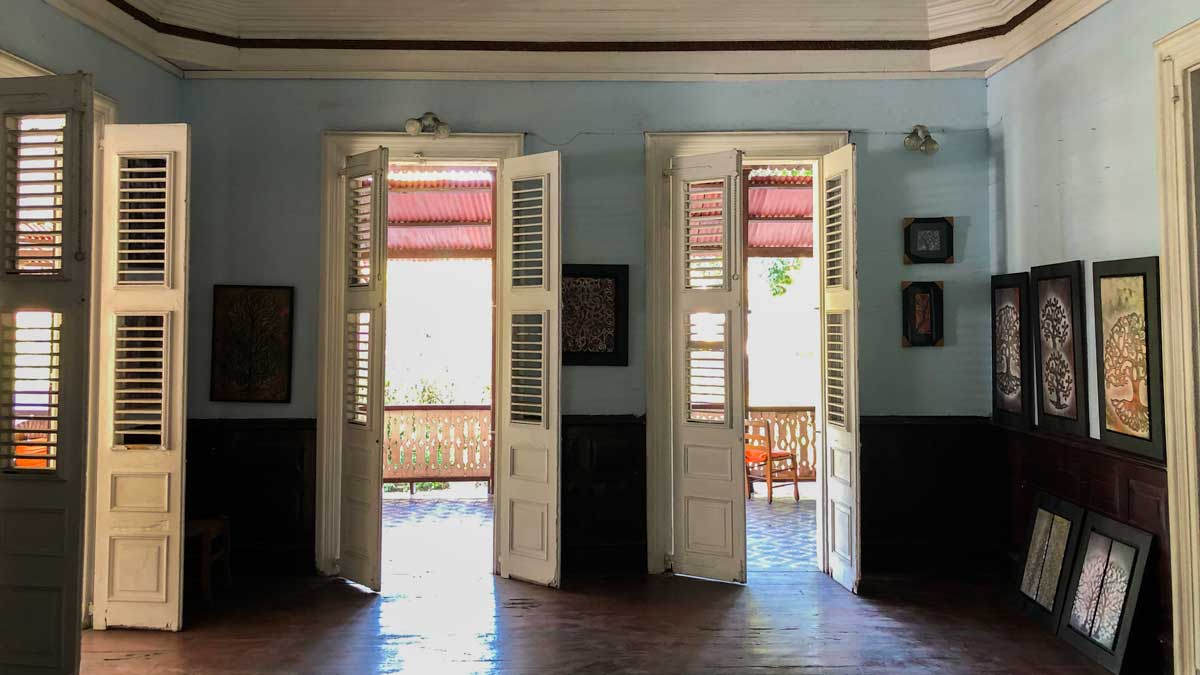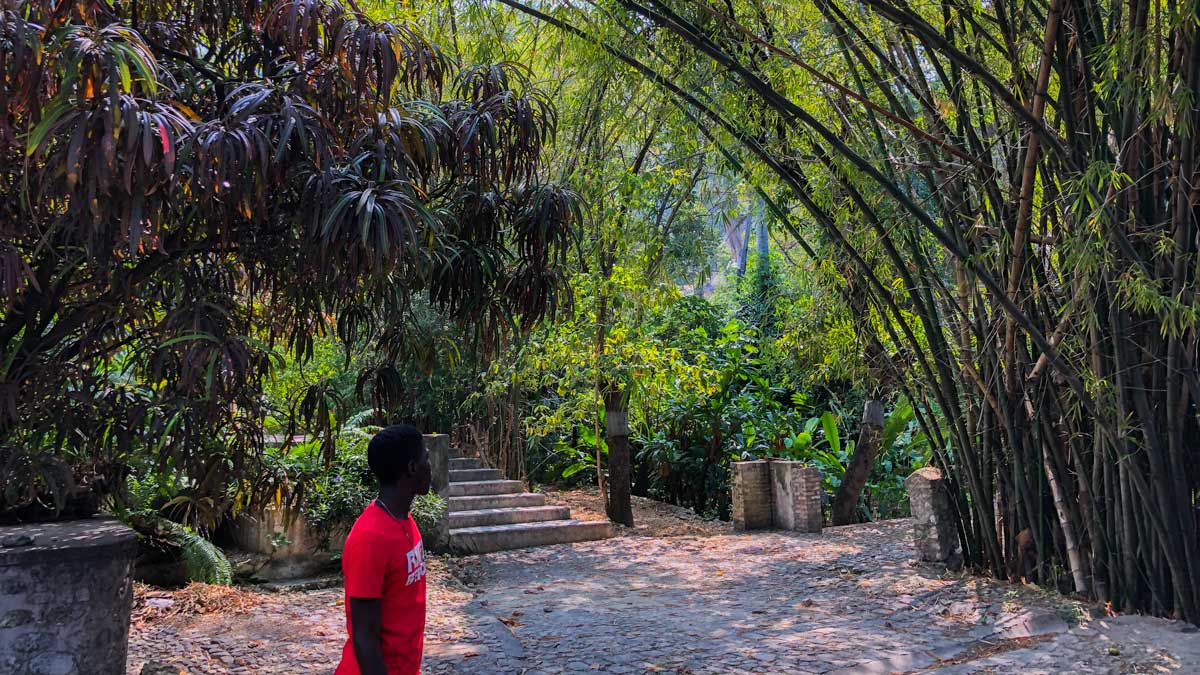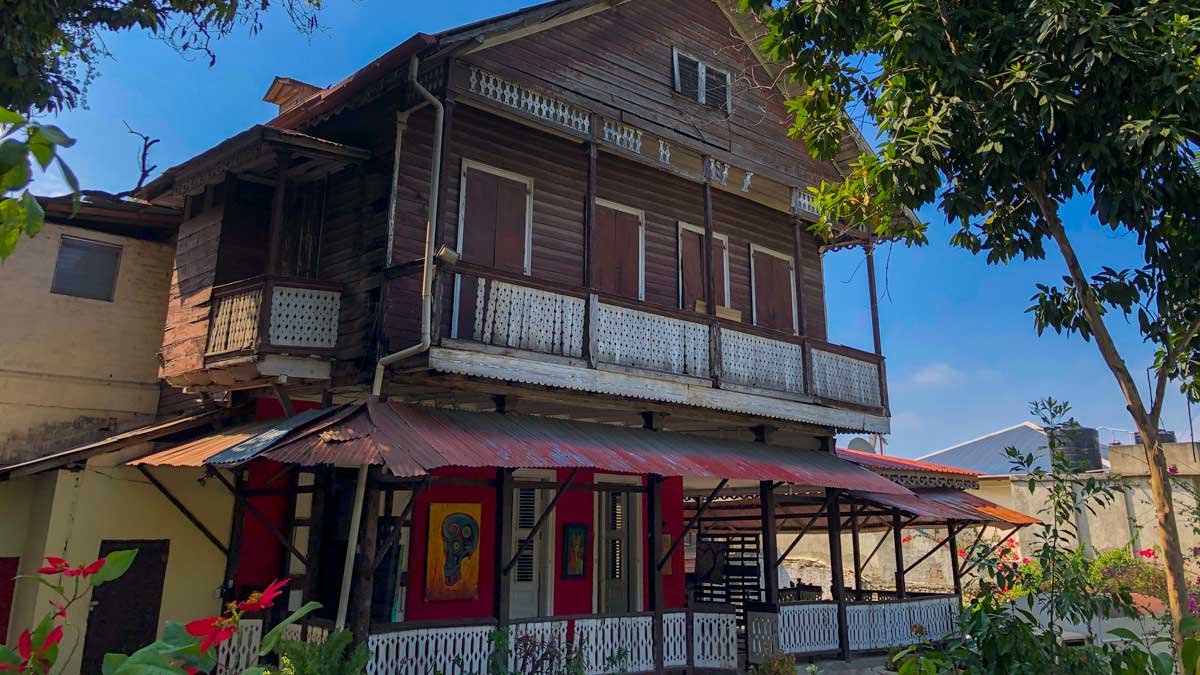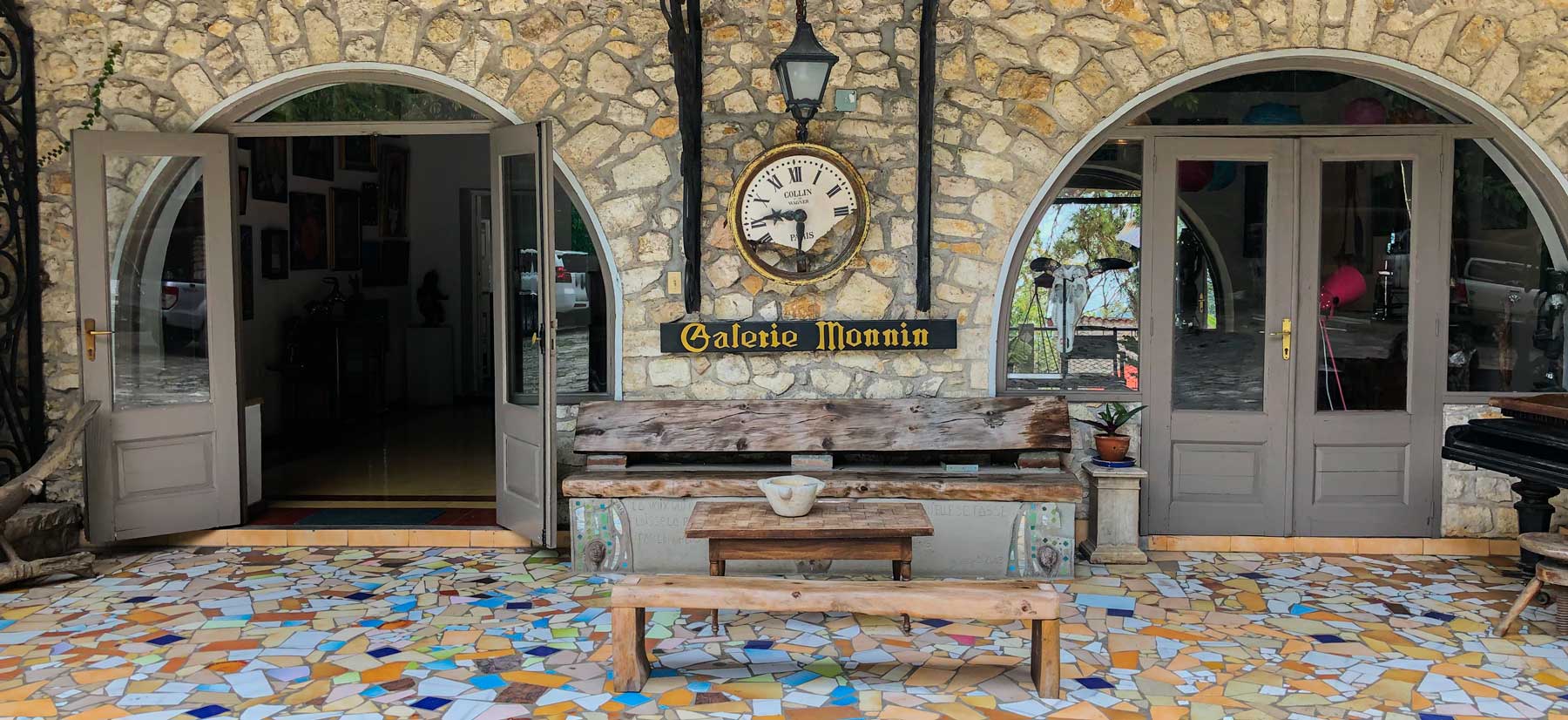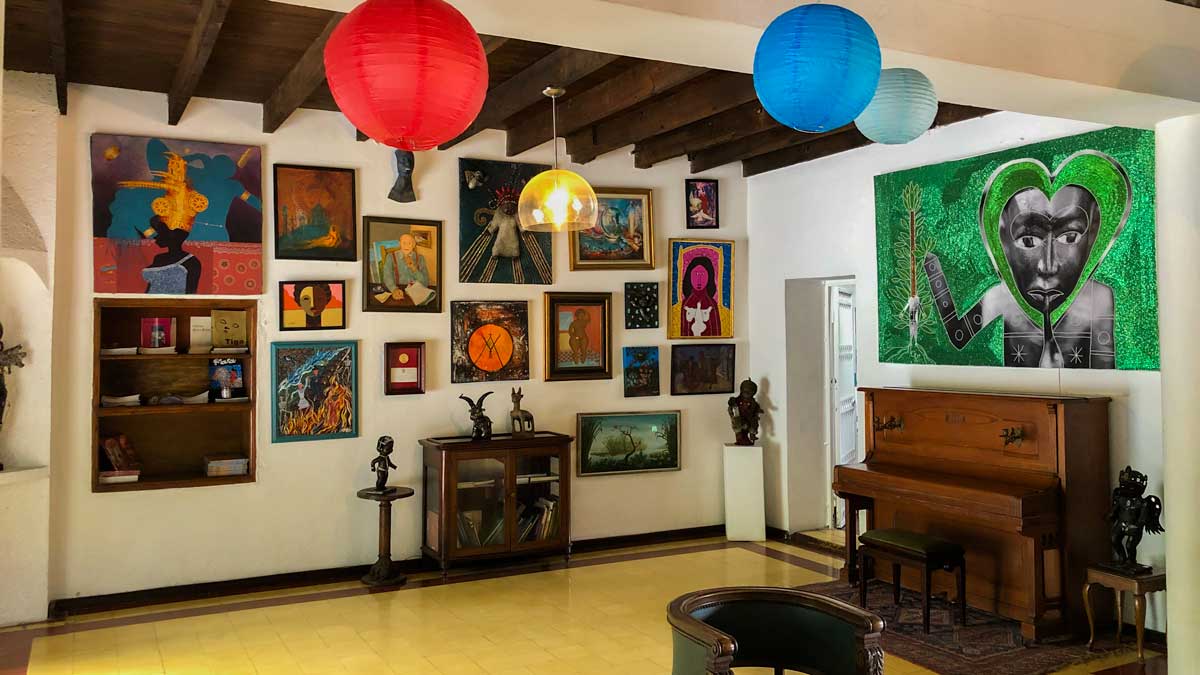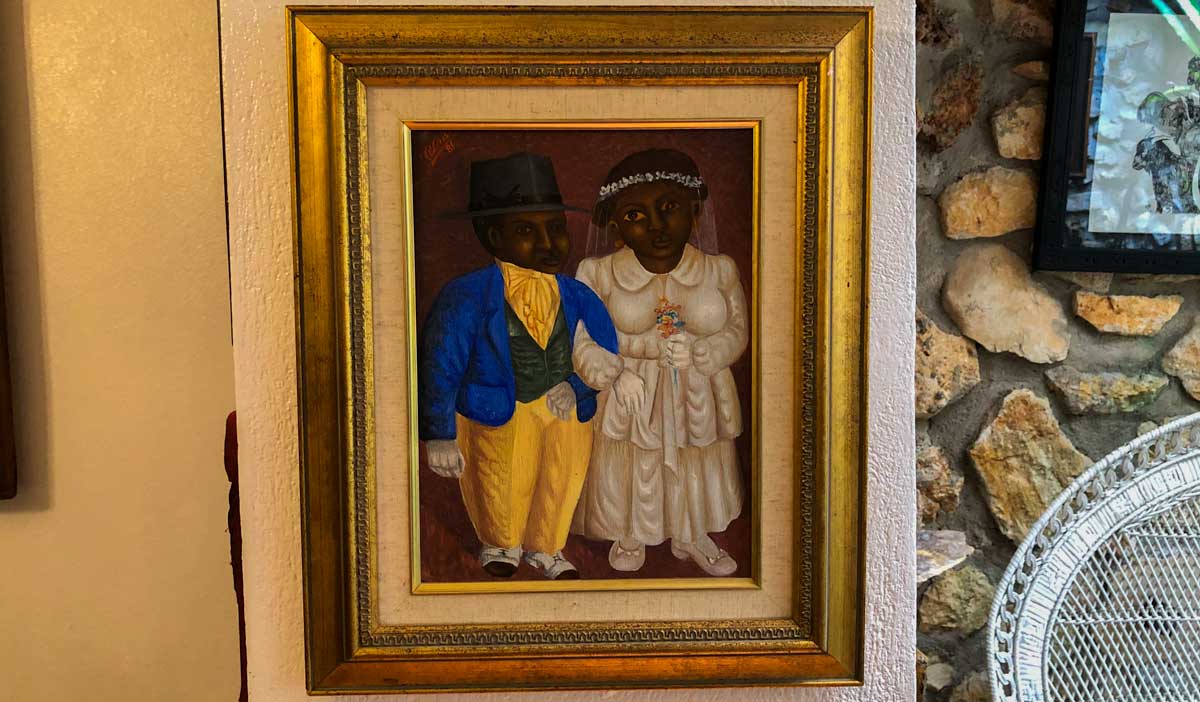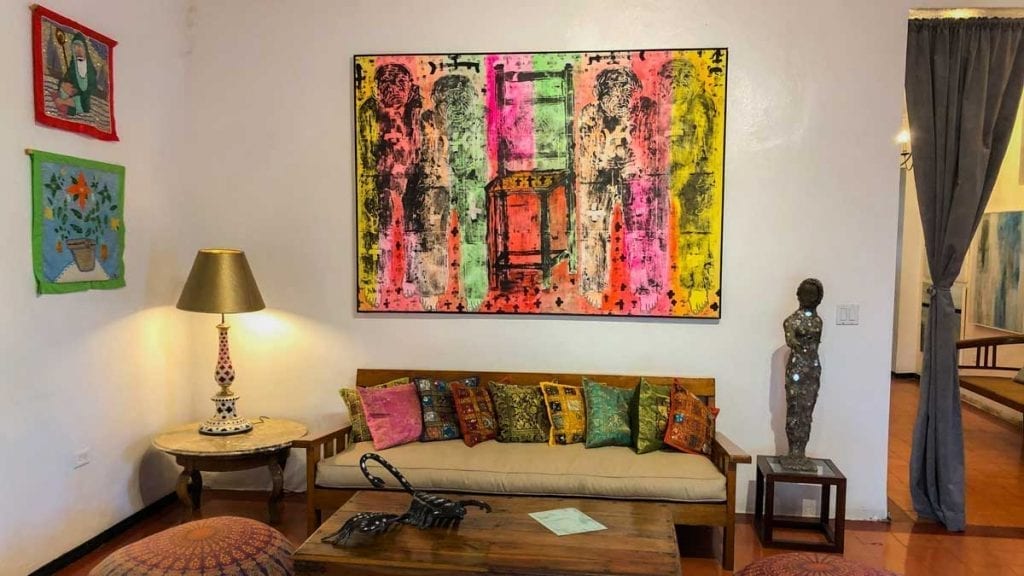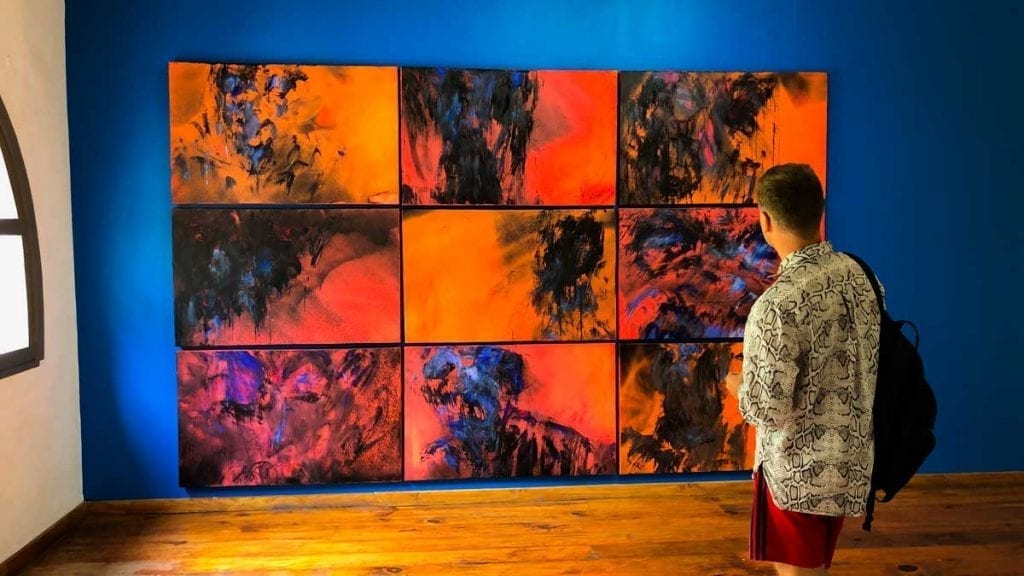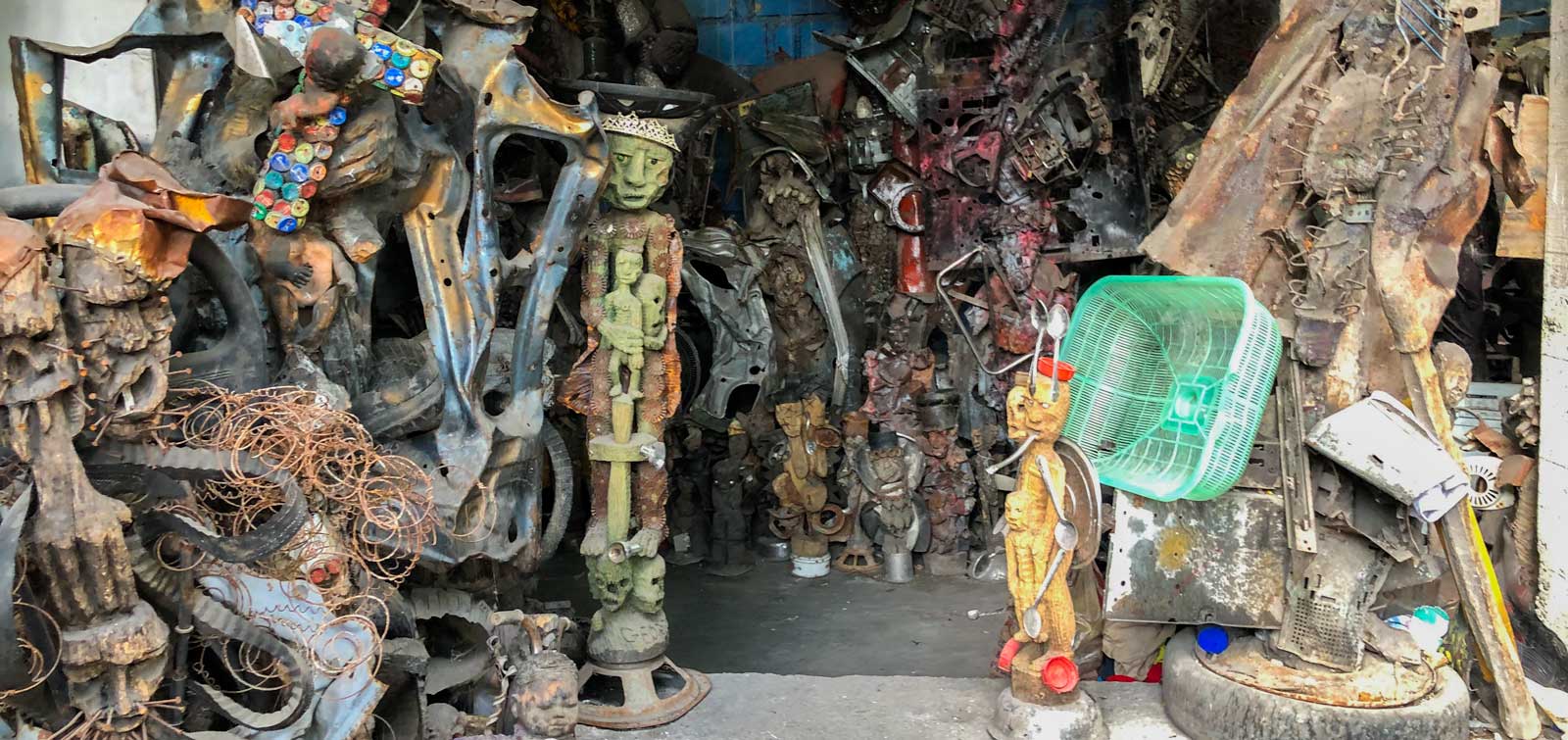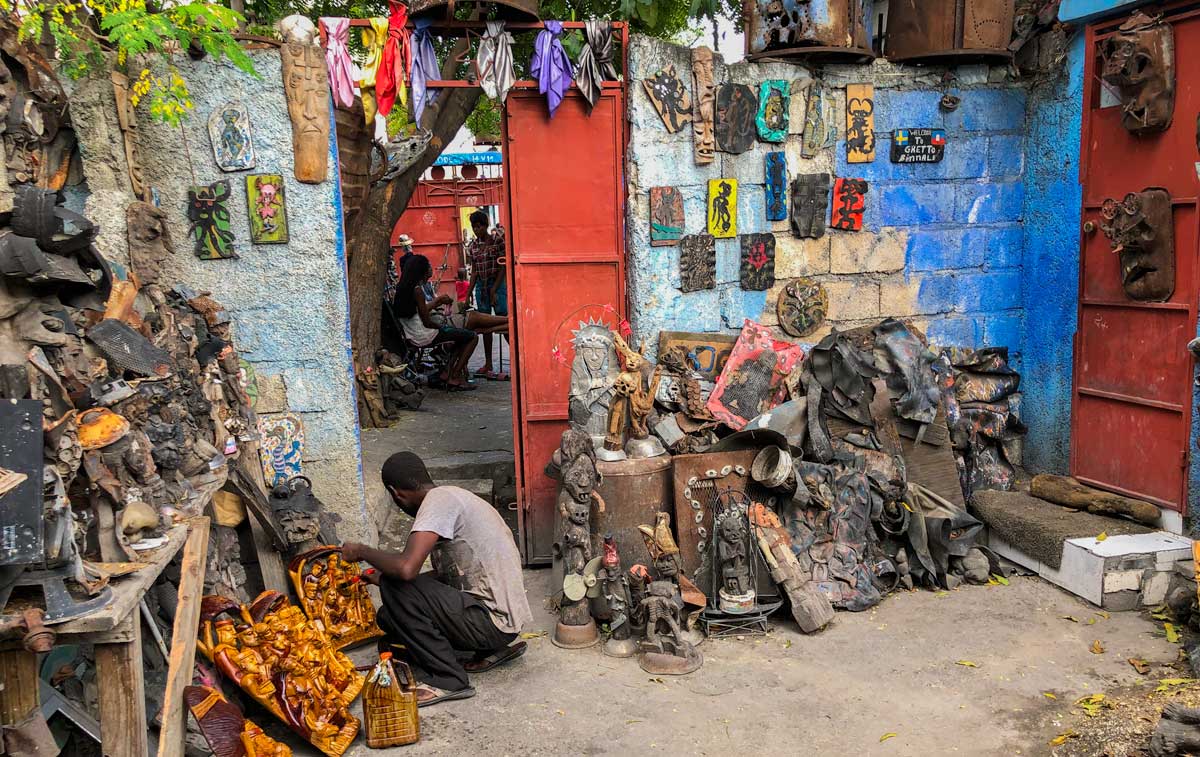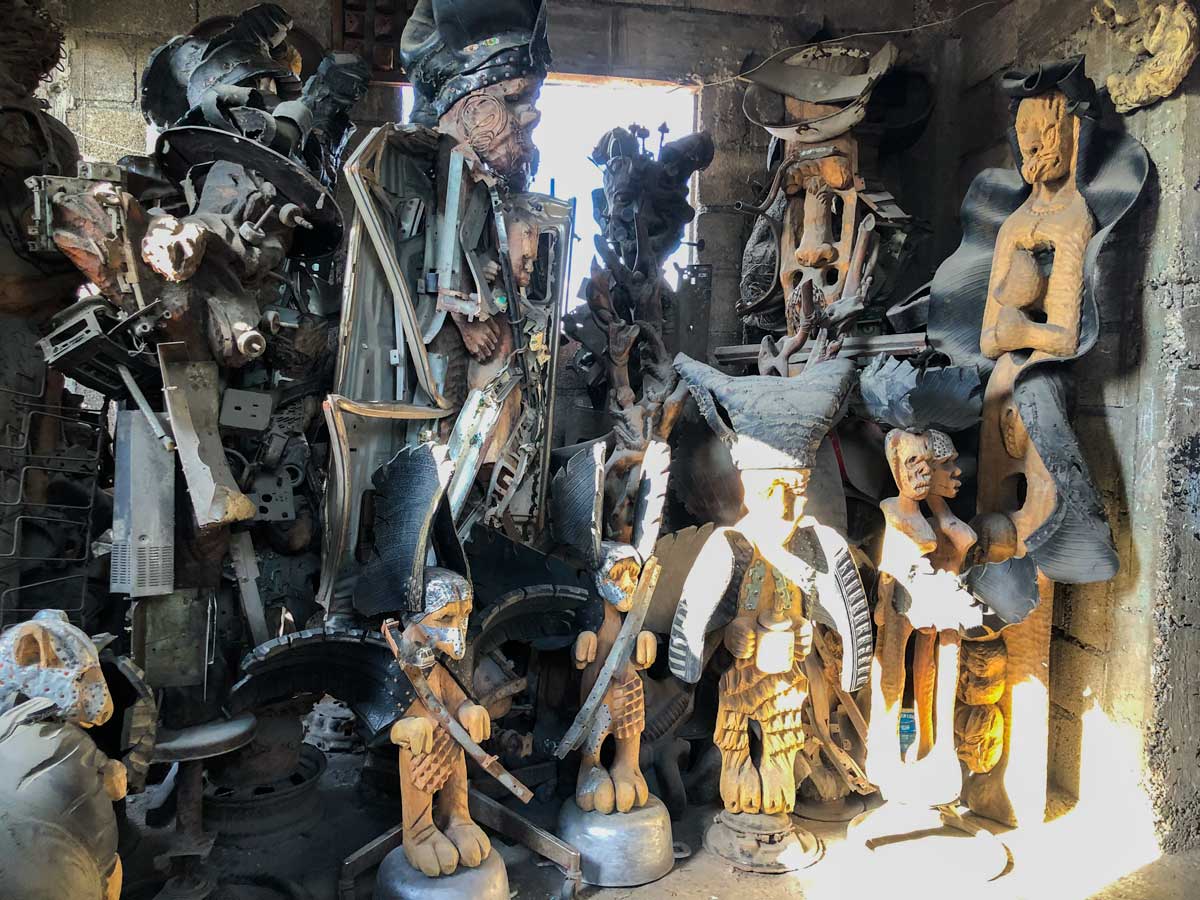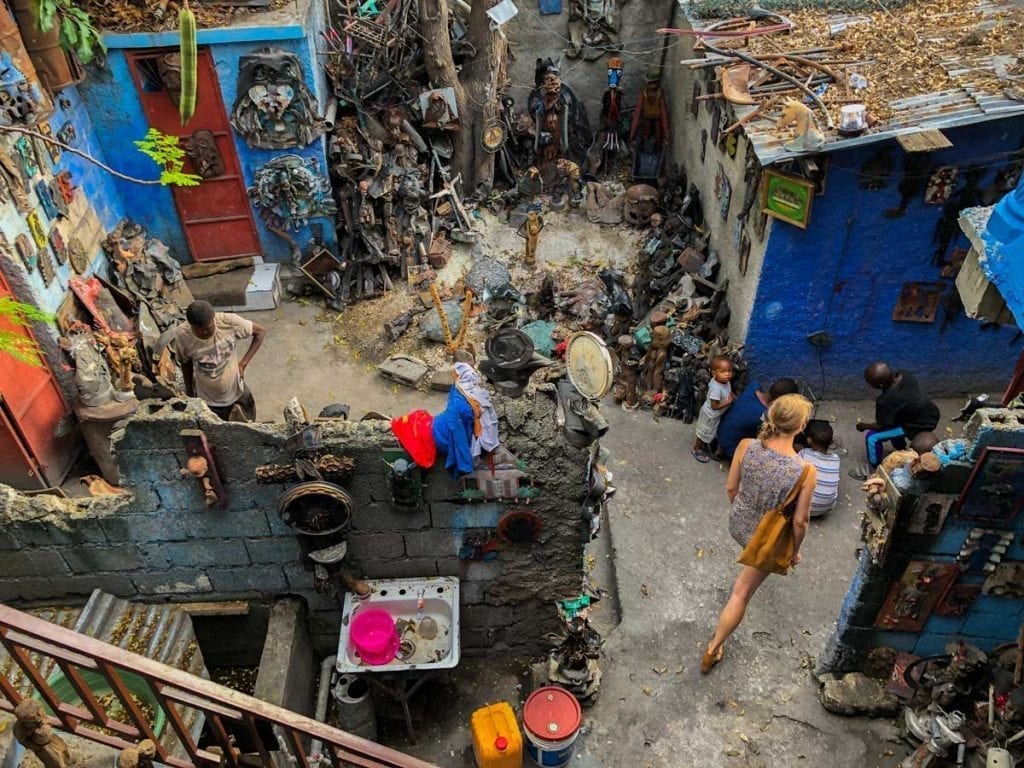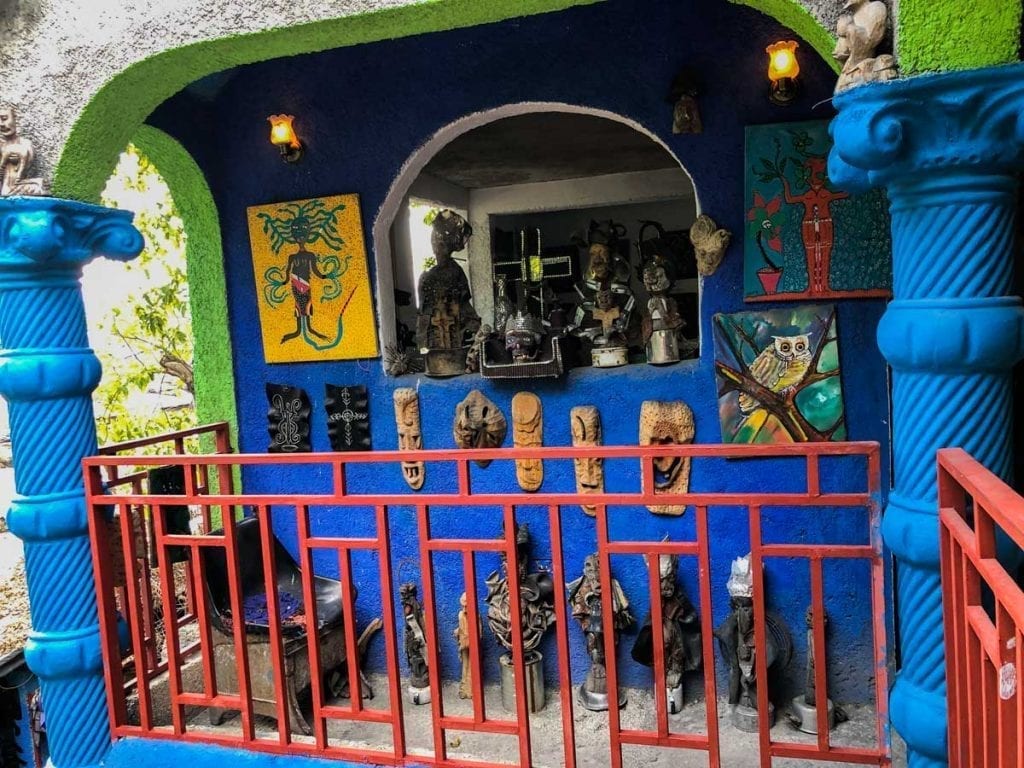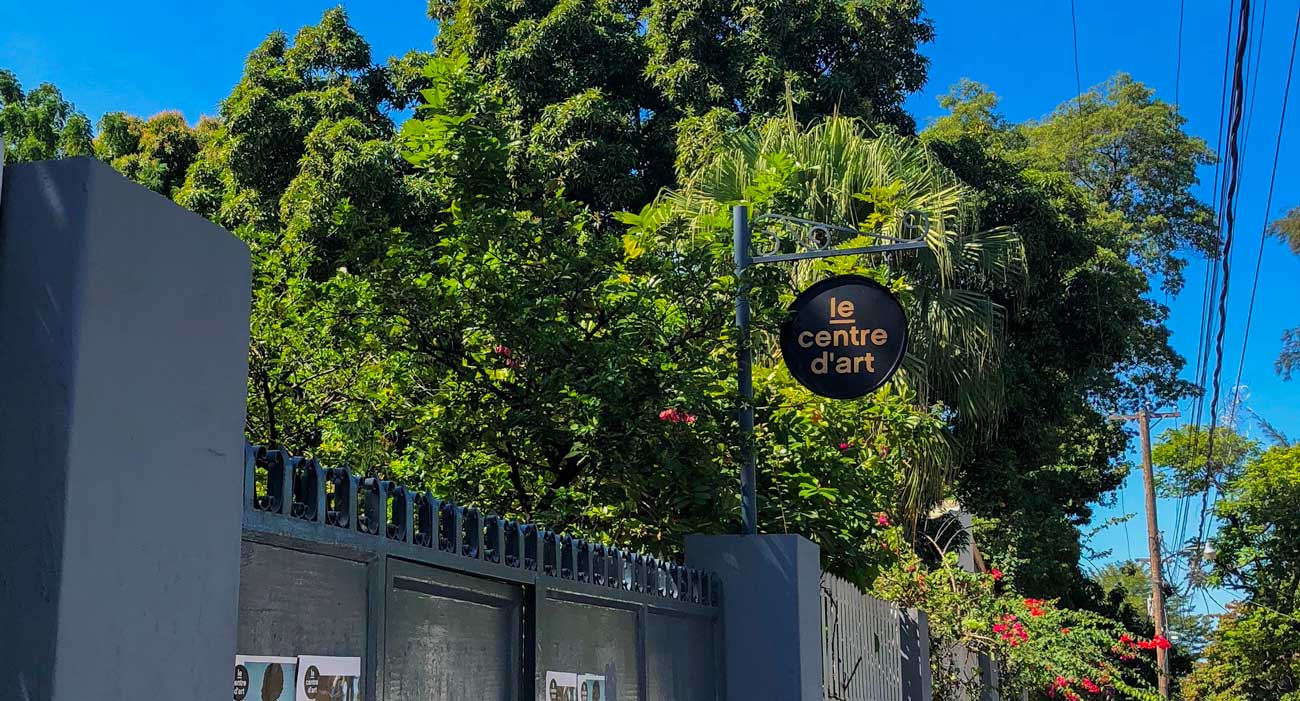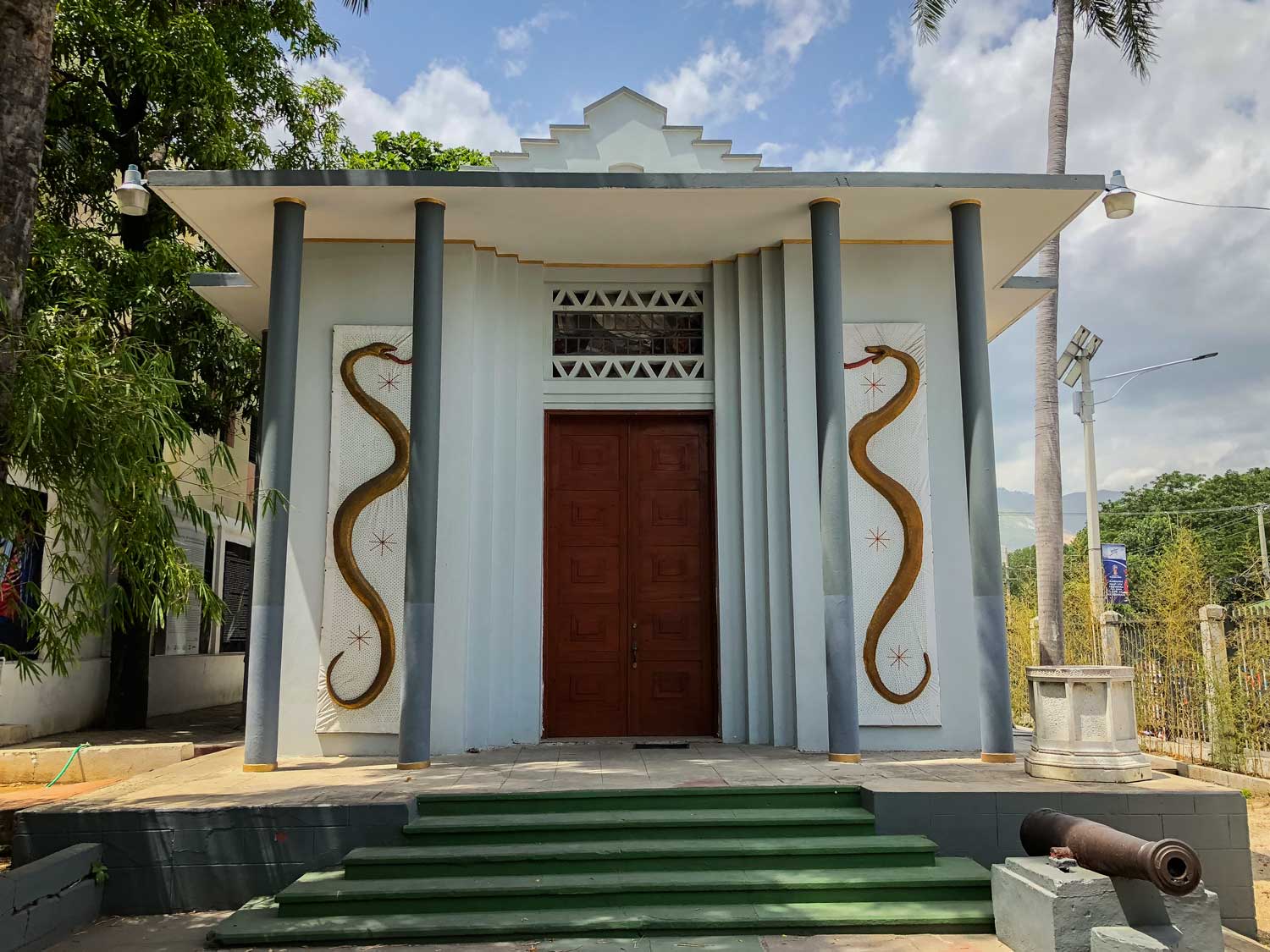
Photo: Anton Lau
Visit a museum dedicated to Vodou
A visit to the Bureau of Ethnology, a museum dedicated to Vodou in Haiti, is one of the top things to do in Port-au-Prince.
Near Champ de Mars at the corner of Rue Magny and Rue Oswald Durand, this museum allows you to get acquainted with Vodou and its place in Haitian society.
This is the best place to begin an exploration of “lwa” and the many rhythms and shades of Vodou. Inside, you’ll find Vodou artifacts, artwork and anecdotes of anthropological research on Vodou (also spelled Vodoun and Vaudou) traditions. Most of the exhibits are described in French.
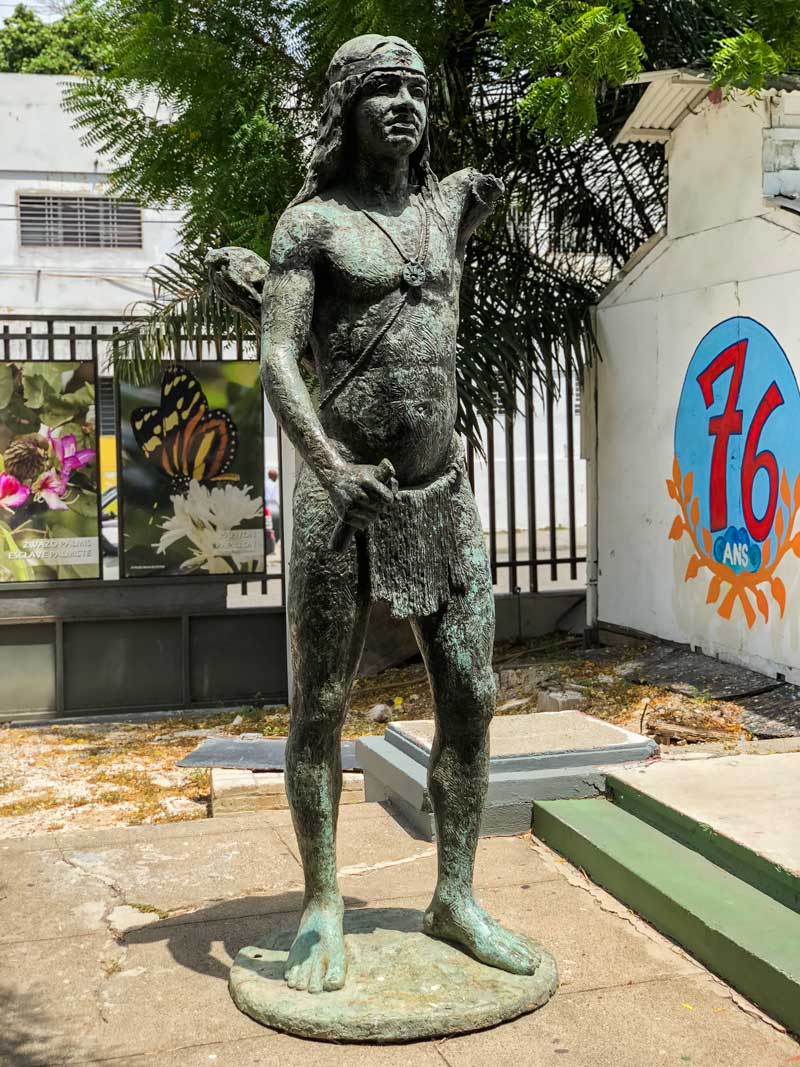
Photo: Anton Lau
About the collection
The exterior facades of the National Ethnology Office house a permanent photo exhibition on several aspects of the life and activities of Haitian society: scenes of the Haitian national carnival, Vodou rituals, Vodou-infused folk dance and more.
The interior offers an equally captivating photo exhibition of scenes of social and cultural customs specific to the Haitian nation, including national costumes and their histories. Haitian artists are also represented here, accompanied by interpretive material (mostly written in French). Key spiritual concepts, from the “lakou mansson” of Léogâne (Haitian Creole: Leyogàn) to the “lakou Badjo, Soukri, Souvenance” of Gonaïves, are depicted together with explanations of their importance in Haitian society.
Founded in 1941 by Haitian novelist Jacques Roumain and run today by Erol Josué, the museum has as its mission the preservation and classification of all anthropological artefacts found on the Haitian side of the island of Hispaniola, including protecting and organising excursions to important archaeological sites. It’s possible for visitors to join some of these – just ask when you get to the museum.
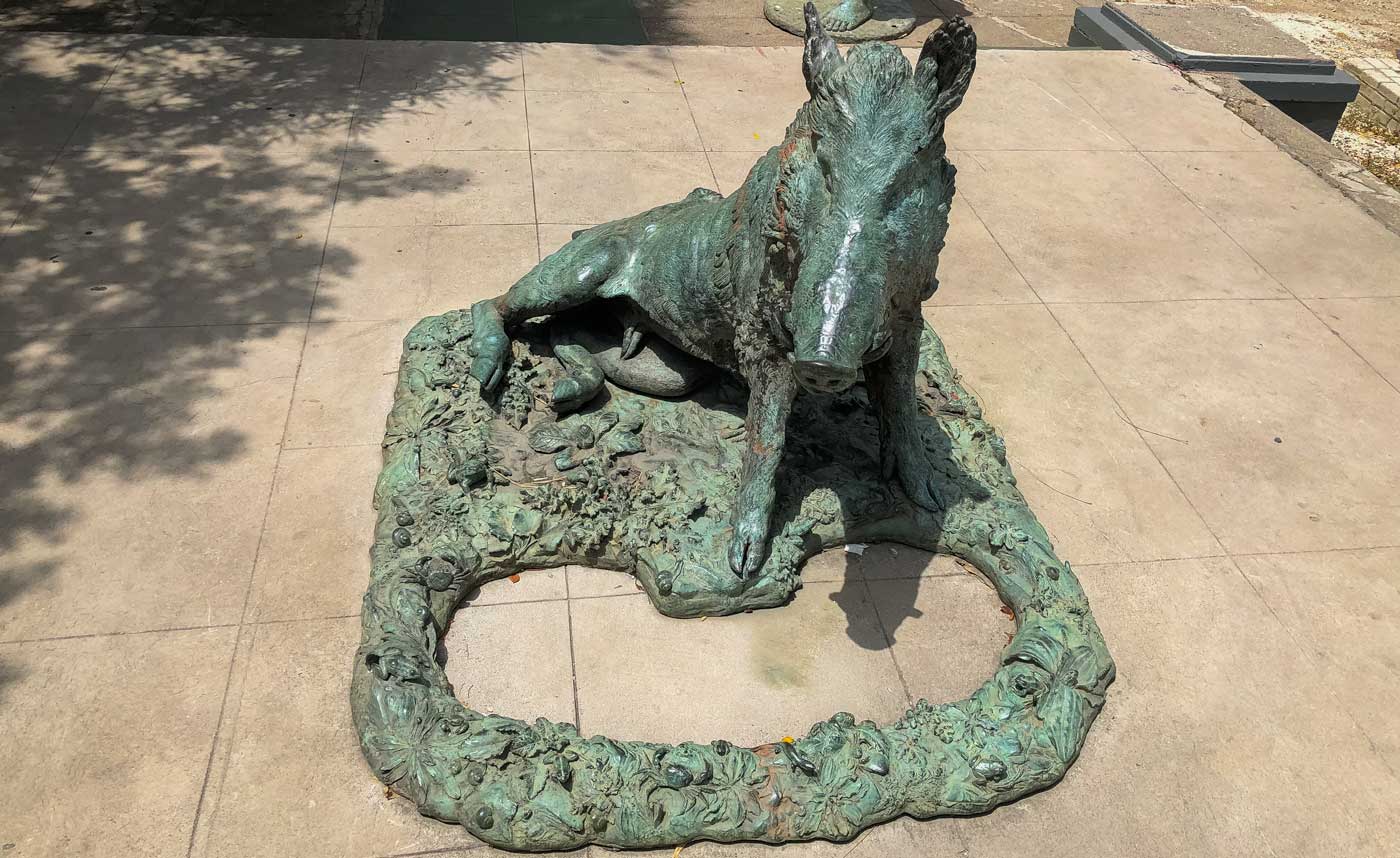
Photo: Anton Lau
Getting there
Signposted as the Bureau National d’Ethnologie, The Bureau of Ethnology is on the corner of Rue Magny and Rue Oswald Durand, close to Champ de Mars in the heart of downtown Port-au-Prince.
Written by Jean Fils.
Published September 2019
Find the Bureau of Ethnology
External Links
Learn more about Erol Josué
Check out the Bureau’s Facebook page

Explore more of Haiti’s history

Paradise for your inbox
Your monthly ticket to Haiti awaits! Get first-hand travel tips, the latest news, and inspiring stories delivered straight to your inbox—no spam, just paradise.




